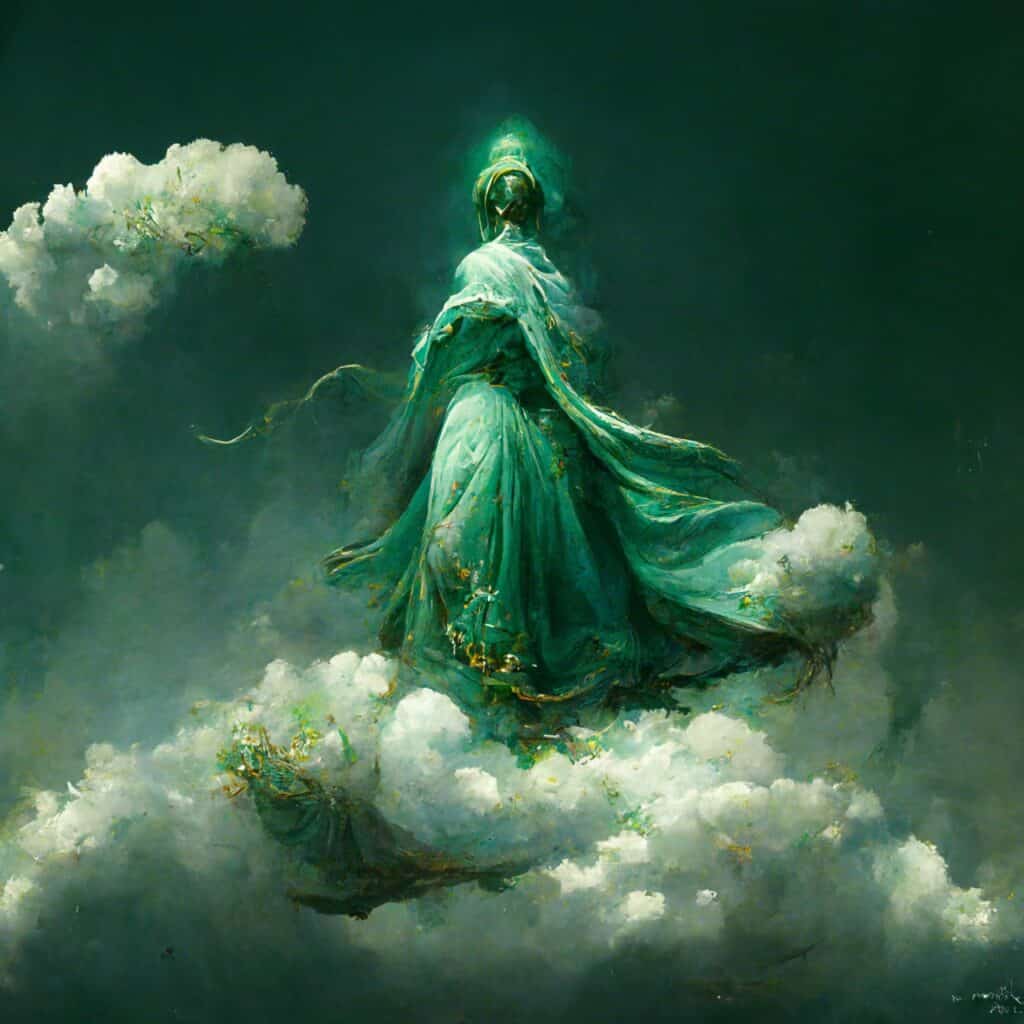
|||||
"We don’t have to suffer with depictions of ourselves that misrepresent us through someone else’s eyes. AI tools can bring a sense of agency and confidence to those of us who fight against the limits of social constructs."
AI art generation exploded into the mainstream last year with the side-by-side release of Midjourney and Stable Diffusion. These platforms gave users their first chance to try out the most reliable form of AI art ever seen. Technology that was once experimental and unstable was now in our hands in a functional way.
AI has been a leading buzzword since then. It’s been portrayed as everything from our new best friend to an existential threat to our livelihoods. It’s driven labor action and changed how academia approaches authorship.
Ghosts in the Machine.
The apprehension isn’t misplaced as artists find their work devalued and we address the ethical questions of adding machine learning to our lives. To be clear there are many AI-related questions and shortcomings.
For one, I don’t dare to call AI art generation very accessible yet. While mobile image morphing apps are widespread, a full AI art generator takes more computing heft. Midjourney’s cheapest unlimited plan is $30 per month and running Stable Diffusion at home still requires a beefy computer. It’s not accessible the way a pencil and paper are accessible—yet.
There are also more complex reasons to be concerned about participating in AI art. For one, AI is trained on vast sums of online data, which creates issues of consent. Creators have lamented the ability of AI to use their work without permission to create new content. The risk to artists is palpably real.
AI is also susceptible to bias. Although it cannot act with intentionality and personal agency, it can reflect the biases of its creators. This is often seen when flawed training data leads to biased creations. Shortcomings like these can complicate efforts to generate gender-affirming artwork from data that reflects cisnormative biases. Although frustrating, the user-driven and iterative learning sides of AI art makes it easier to rectify this imbalance over time.
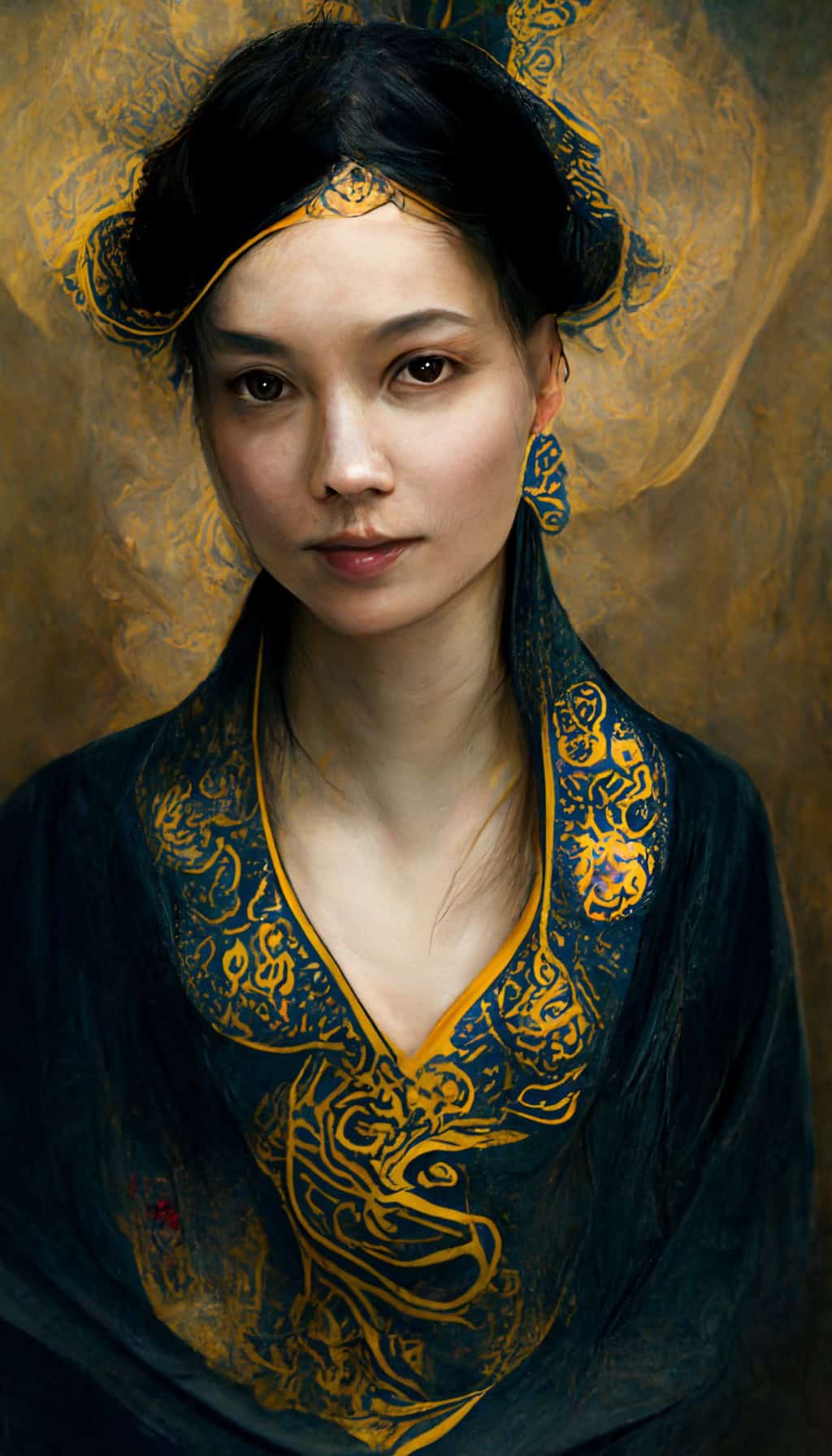
While I was learning to use these programs, there were hundreds of duds, sure. It made dogs with too many eyes or eyes in worrisome places. Trees blended into mountains in beautiful but unsettling ways. Don’t get me started on what it did to human fingers. Despite these errors, there was magic in participating in artistic creation. I felt unburdened by scrutiny and failure when asking the AI box for pictures.
However, one branch of AI artistry remains relatively unexplored: the potential for queer-affirming portraiture and visual art.
What is AI Visual Art and How Does it Work?
AI visual art is the output of machine learning designed to produce imagery. These systems are trained on massive databases of images, text, and human feedback, all while being adjusted by developers. For AI users, art generation happens through ‘prompting’. The user describes what they want to see and the machine produces it. The resulting image may be refined by increasing its detail, changing objects, or generating alternatives based on the prompt. With time and practice, users can develop their prompting skills to generate relevant and accurate imagery. Imaginary landscapes and startlingly authentic human faces can be created in mere minutes.
AI art represents the conjoining of the intense capabilities and shortcomings of computing. It can process, store, and produce far more information than any human can. However, it lacks the intuition of context clues that we have.
AI and Self-Discovery
In mid-2022, I was breaking under the stress of grad school and started taking antidepressants for the first time. During the months I got used to the medication, I realized my gender dysphoria ambushed me under the cover of depression.
This was also the time when people couldn’t stop talking about Midjourney. I wasn’t doing much beyond staring glumly at screens, anyway. I figured it couldn’t hurt to try. I coaxed the AI program into conjuring up images of the freedom my heart desired. I prodded it for pictures of dogs in space. I requested art on the theme of ‘Pride, but ominous’.
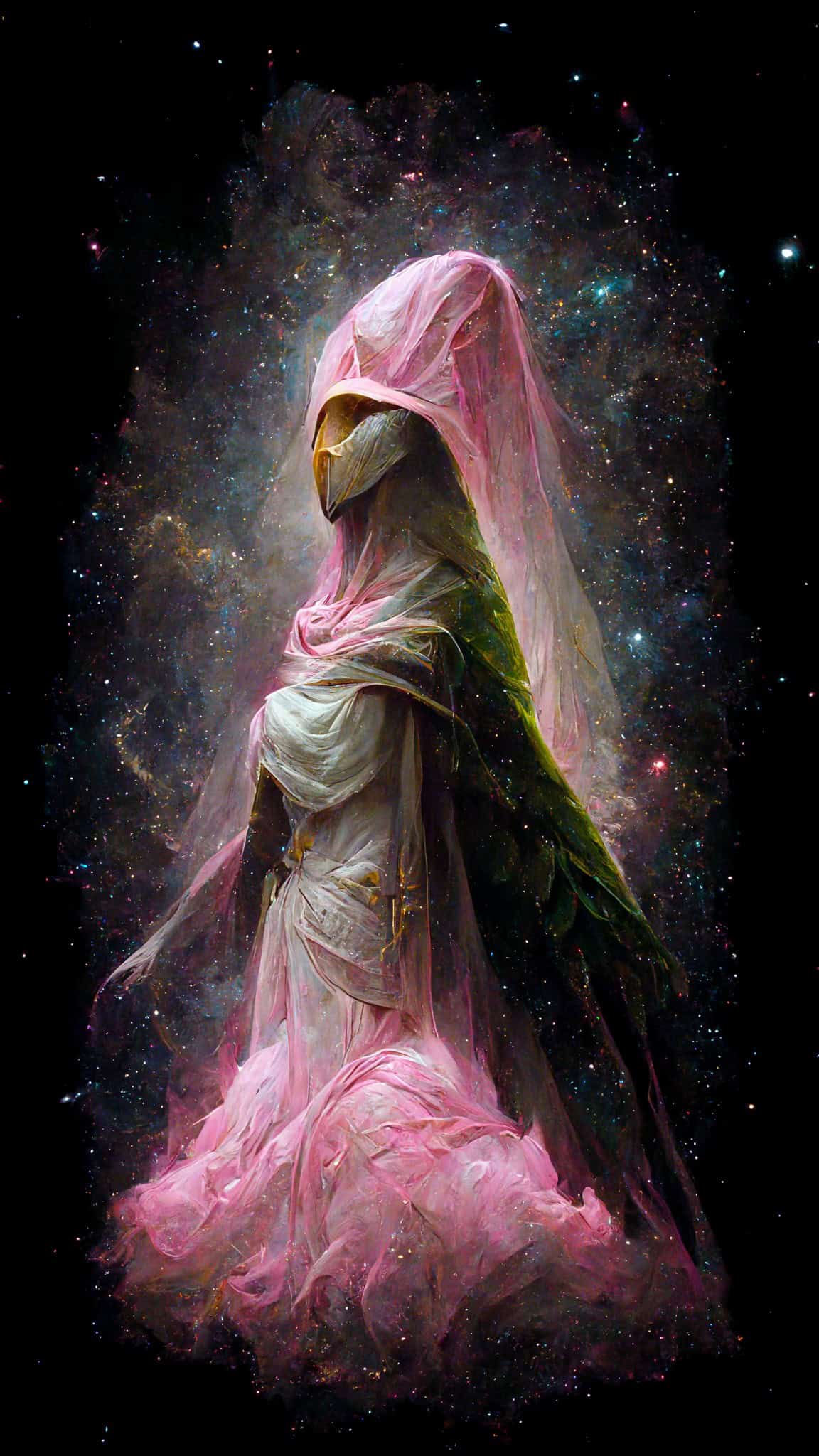
I fed it my own photos to generate portraits of trans women who look like me, and I saw myself in a completely new way. Usually, Asian trans women are depicted as raging stereotypes or the subject of pornography. But with AI, I created a fantastical version of myself rendered in lively color that brought me joy.
Creating Possibilities for Queer and Trans Futures.
AI was once a tool that worked behind the scenes for giants like Google and Duolingo. This is changing. We now use AI, rather than just being served AI-managed content by advertisers and content algorithms.
It has strengths and shortcomings, but it’s definitely here to stay. So why shouldn’t we explore it in an ethical and considerate manner?
AI has been used to create gender-affirming visions of ourselves via image-morphing apps like FaceApp. Sliders can add makeup, change facial hair, or tilt our gender presentation into entirely new directions.
AI-generated art based on personal photos can also transport us beyond binary ways of seeing ourselves, to faraway lands, or into contexts where we don’t see ourselves represented.
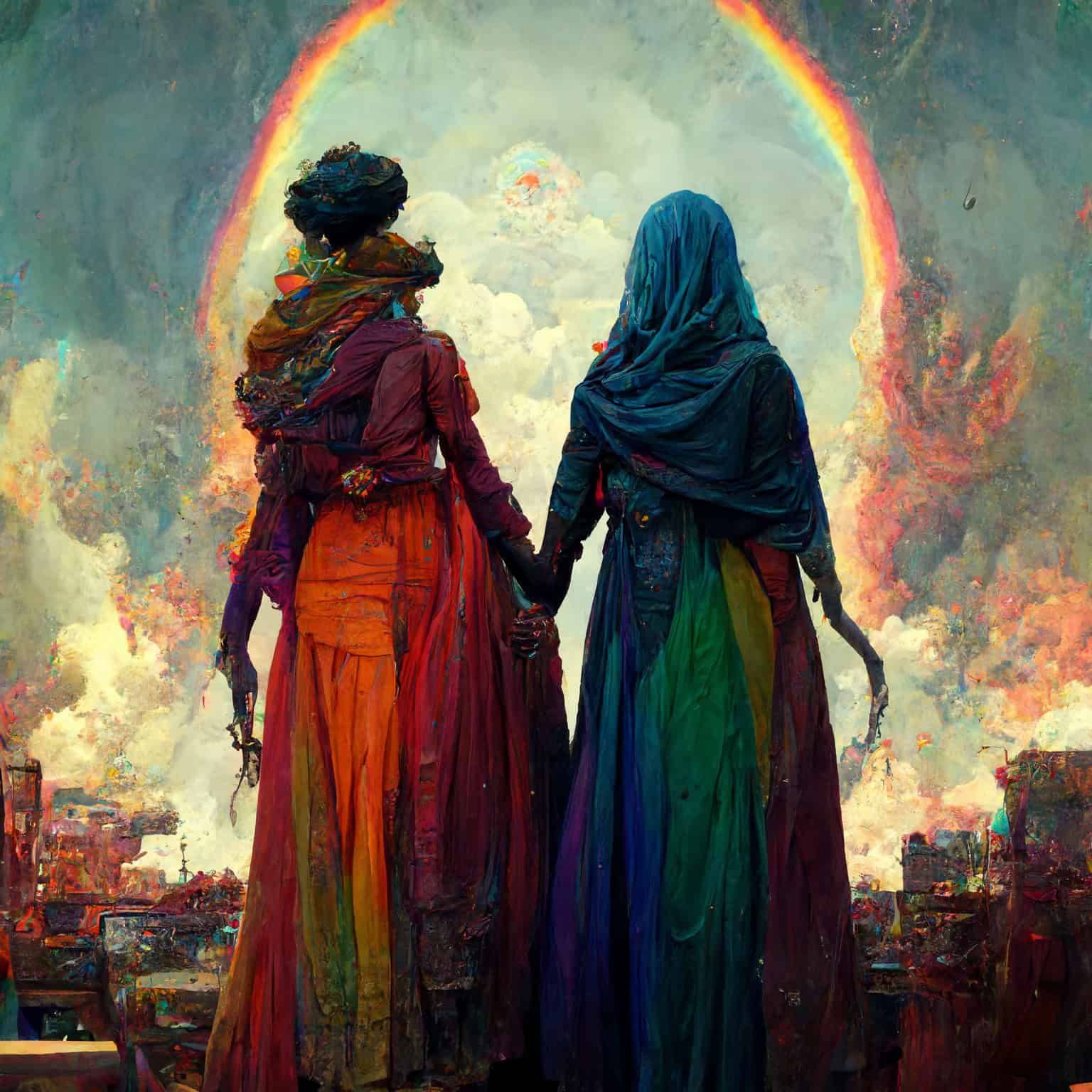
And those are just the tools that use existing images. Full AI art generation like that of Midjourney and DALL-E can create new people and locations to inspire our art and showcase queer diversity. It can expand our imaginations beyond the confines of a cisheteronormative landscape.
What I learned from my brush with AI art is that there’s room for queer and trans users to carve out space for themselves alongside computers. We don’t have to suffer with depictions of ourselves that misrepresent us through someone else’s eyes. AI tools can bring a sense of agency and confidence to those of us who fight against the limits of social constructs.
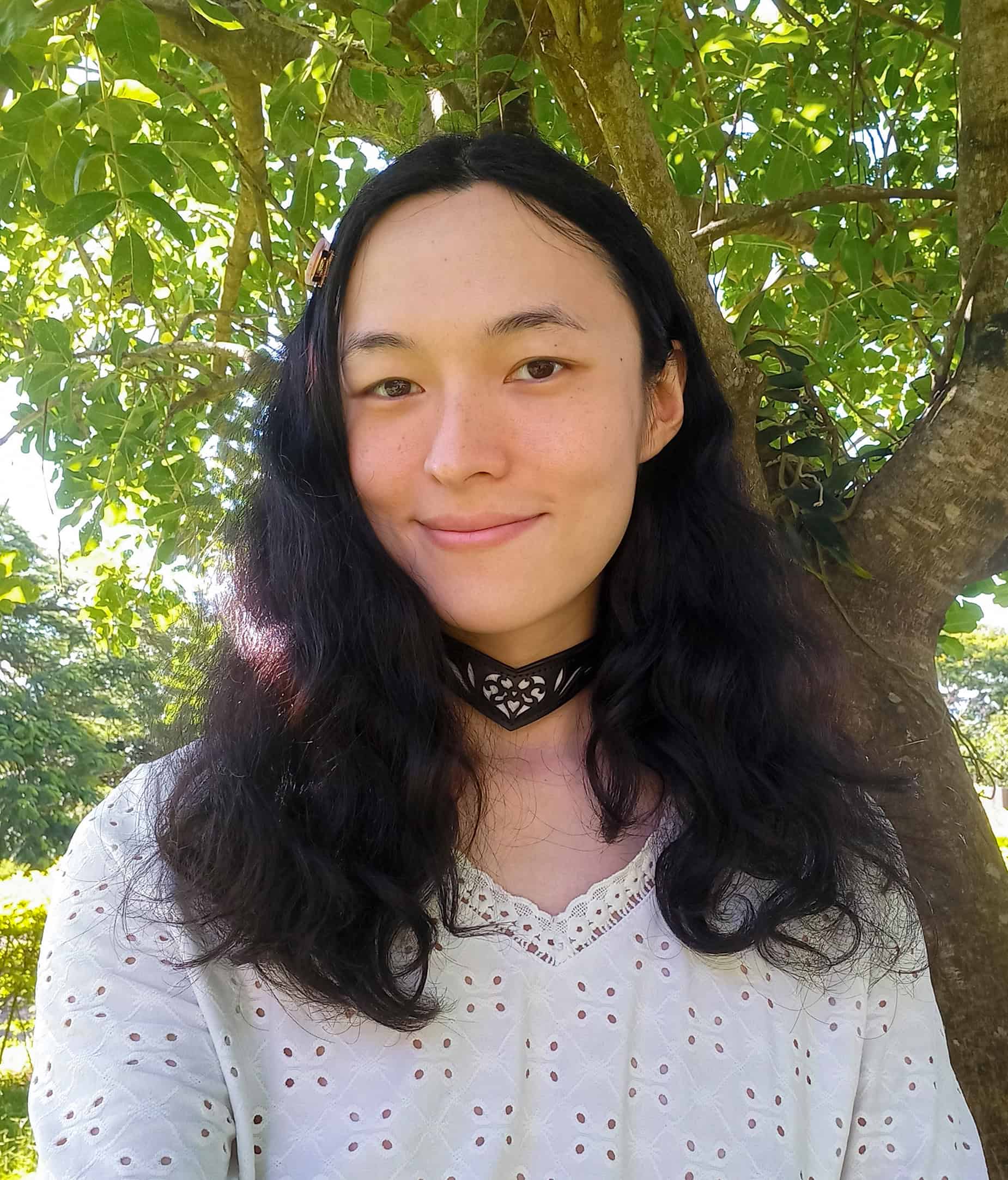
Summer (she/her) is a transgender writer from South Africa. After finishing a Master’s in Psychology, she took up writing to bring her knowledge of healthcare, LGBTQ+ issues, and mental well-being to a wider audience. When she’s not figuring out her next sentence, she’s probably playing a game or building a scale model.